Decoding the Average Cost for Building a Sauna in Winter
Creating your own sauna is not just about the cost, but also about enhancing your wellbeing and adding value to your home.
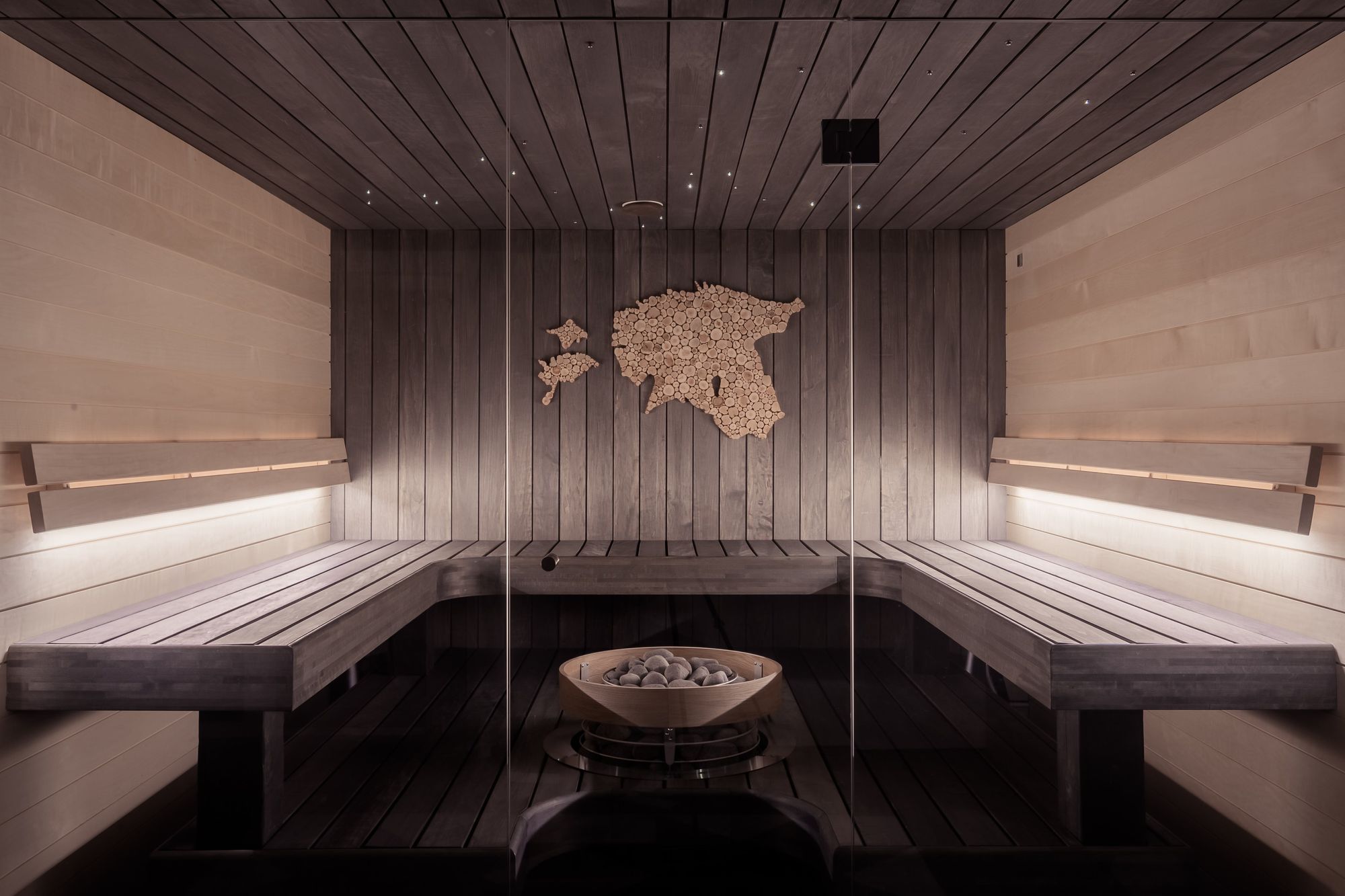
Table of Content
Are you considering building a sauna this winter? Imagine the luxury of stepping into your private sauna, feeling the warmth envelop you as the cold winter winds howl outside. But before you can begin to enjoy such comfort, you'll need to understand the associated costs. Constructing a sauna is a significant investment, and understanding the budget needed can help you plan wisely to avoid unexpected expenses.
In this article, we'll unpack the average costs for building a sauna in winter, providing a comprehensive guide to help you make informed financial decisions. From the basics of sauna construction, diving into the intricacies of building a sauna budget, to exploring sauna installation expenses, we've got you covered.
If you're a DIY enthusiast, we also have a dedicated section that provides a cost guide for building your sauna. And for those looking for ways to save, we'll share some economical construction tips.
Understanding the cost factors associated with building a sauna is crucial in planning your budget and ensuring that your winter project doesn't become a financial burden. So, let's dive in and start planning your dream sauna!

Understanding the Concept of a Sauna
A sauna is a small room or building designed to reach high temperatures, with controlled humidity, where people can relax and sweat for both health and social benefits. Traditional saunas, also known as Finnish saunas, use a stove to heat rocks, which then radiate heat into the room. On the other hand, infrared saunas use infrared heaters to emit radiant heat, which is absorbed directly into the human body.
The Basics of Sauna Construction
Building a sauna involves more than just choosing a space and installing the unit. It's about creating an environment for relaxation and health benefits, such as improved circulation and stress relief. Saunas can be built indoors or outdoors, depending on your preference and space availability, and can be designed using various materials like wood, glass, or even stone for a more luxurious look.
Sauna Types and Technologies
There are several types of saunas each with different characteristics, costs, and technologies involved.
1. Traditional Finnish Saunas
These are the classic wood or electrically heated saunas that have been in use for centuries. They typically include a stove for heating rocks to high temperatures, which then radiate heat throughout the room. A ladle of water can be thrown onto the rocks to create steam and increase humidity. Finnish saunas are generally more expensive due to the need for a well-insulated room and a robust heating system.
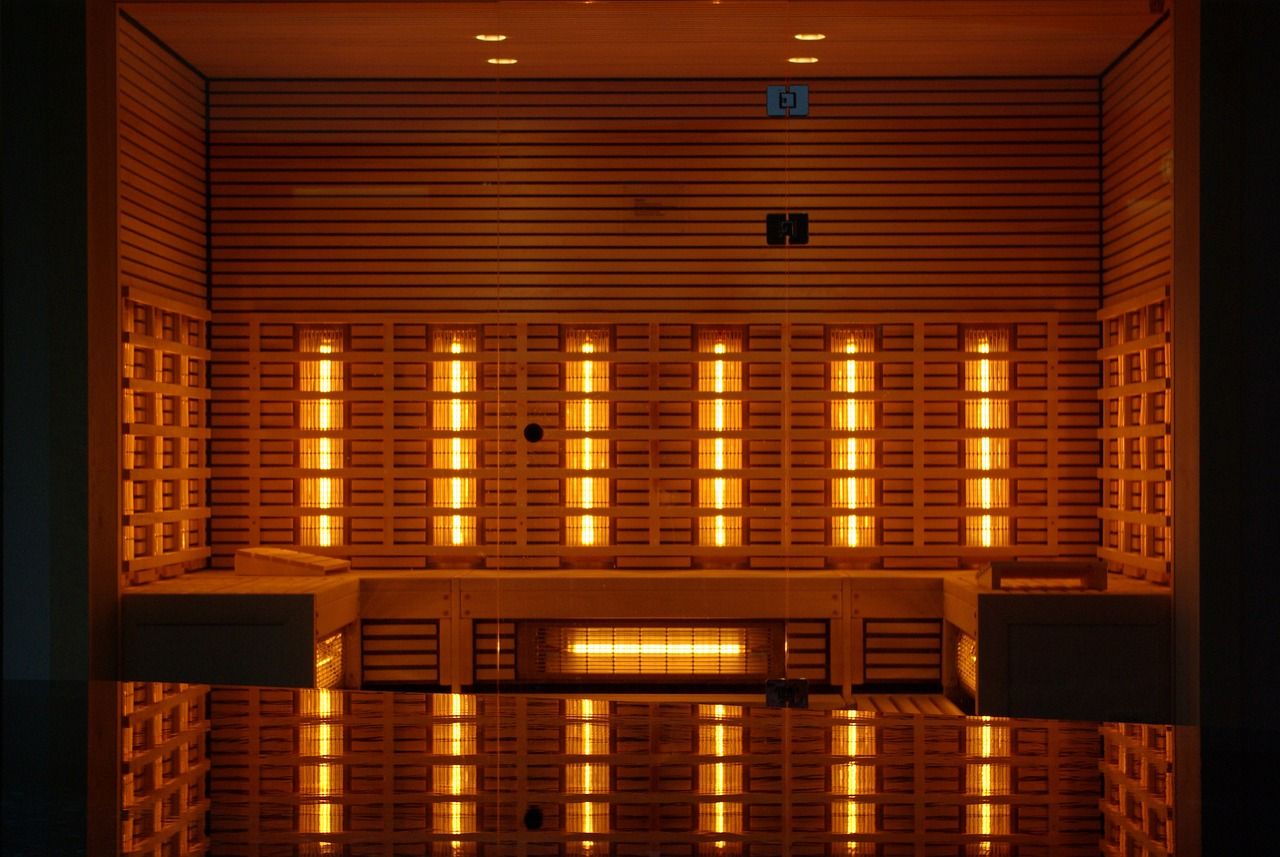
2. Infrared Saunas
Instead of heating the air, infrared saunas use infrared lamps to directly warm your body. They are often cheaper than traditional saunas because they don't require as much insulation or a powerful heater. They also tend to be more energy-efficient, which can lead to lower operating costs.
3. Steam Rooms
Steam rooms, or steam baths, differ from both traditional and infrared saunas by focusing on creating high humidity levels at lower temperatures. They require a steam generator, which can add to the initial cost, but the relaxing environment created by the warm mist can be worth the investment.
When it comes to new technologies in sauna design, they tend to focus on improving efficiency and comfort. For instance, some modern saunas feature programmable digital controls for precise temperature control, reducing energy waste and improving the user experience. Others incorporate advanced insulation materials to minimize heat loss, reducing the power needed to maintain the desired temperature.
Additionally, the trend of integrating saunas with smart home systems is on the rise. This allows users to control their sauna remotely, pre-heating it for immediate use upon arrival. While these technologies may increase the initial cost, they often result in lower operating costs and a more personalized sauna experience.
Remember, the cost of each type of sauna can vary greatly depending on the size, materials used, and the complexity of the installation. Therefore, it's essential to consider your budget, available space, and personal preferences when choosing the right sauna for you.
How to Budget for a Sauna
Unique Sauna Cost Calculator
When constructing a sauna, it’s crucial to establish a realistic budget. Several factors play into the cost of building a sauna, including size, materials, type (traditional or infrared), location (indoor or outdoor), and whether it's a DIY project or professionally installed.
A standard home sauna can run anywhere from $3,000 to $6,000, with high-end models reaching up to $10,000 or more. This range includes the cost of the sauna itself, installation, and necessary electrical work.
Importance of Sauna Installation Expenses in Your Budget Plan
In the planning stage, a common mistake many homeowners make is overlooking installation expenses. These costs can vary significantly depending on the complexity of the project. For instance, installing a sauna in a bathroom would likely involve fewer expenses than building a standalone outdoor unit that requires a foundation, insulation, and perhaps even plumbing.
Installation expenses can include the cost of labor, electrical work, any necessary permits, and materials not included in the sauna kit (if you're using one). It's essential to factor in these costs while planning your budget to avoid unexpected surprises.
Remember, building a sauna is an investment not just in your home, but also in your health and wellbeing. It's worth taking the time to plan your budget thoroughly and understand all the potential costs involved to ensure a smooth and successful project. In the following sections, we'll delve deeper into these costs and provide a more detailed breakdown.
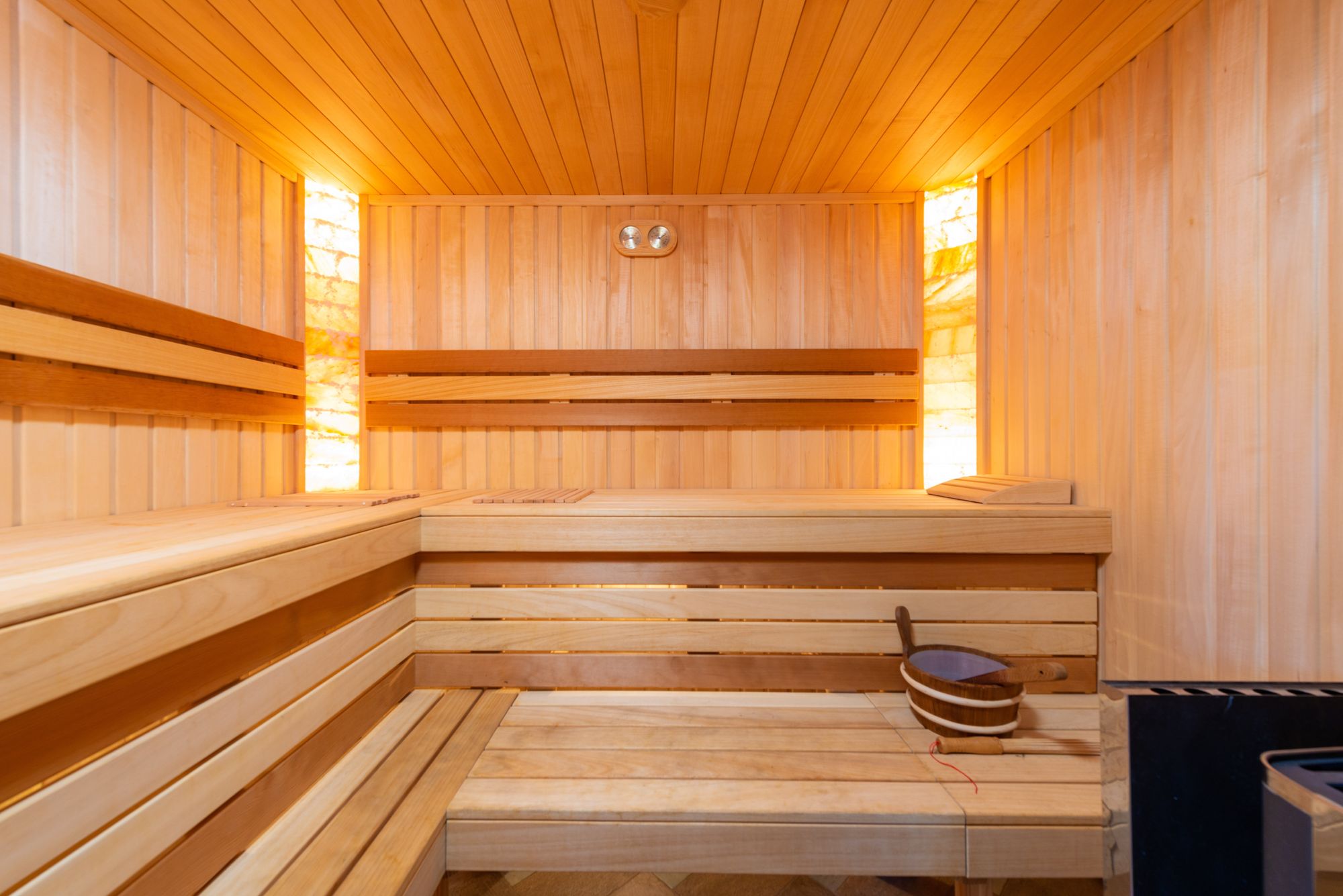
Average Sauna Construction Price
Constructing a sauna is a significant investment, and understanding the factors that influence the cost can help you plan effectively.
Several elements come into play when considering the cost of building a sauna. The size and type of the sauna are obvious contributors, with larger and more luxurious models costing more. The materials used, such as cedarwood, infrared panels, or glass, also make a difference.
The location of your sauna, whether indoor or outdoor, affects cost as well. Indoor saunas often require less construction work, while outdoor saunas may need a foundation laid, additional insulation, and potentially plumbing for a shower or drain.
Professional installation will also add to the cost, but it ensures that the job is done safely and correctly. If you choose to DIY, you'll save on labor but may incur additional costs for tools or unexpected issues.
A standard home sauna kit, which includes the necessary equipment and materials typically costs between $2,000 to $5,000, depending on the size and type. Professional installation can add another $1,000 to $2,000 to the total, while DIY installation could cost several hundred dollars for tools and additional materials.
For indoor saunas, it's also important to factor in the cost of preparing the space, such as waterproofing the walls or installing ventilation. Outdoor saunas may require a concrete foundation, which can cost $1,000 to $2,000 or more, depending on the size.
Sauna ROI Calculator
Creating a sauna involves various materials, each contributing to the total cost. Here's a detailed breakdown:
1. Wood
The wood type you choose can significantly impact your sauna's cost. Cedar is a popular choice for its durability, natural resistance to moisture, and pleasing aroma, but it's also one of the pricier options. Expect to pay between $20-$25 per square foot. Pine and spruce are more affordable at around $10-$15 per square foot, though they may not last as long.
2. Heaters
For traditional saunas, you'll need a heater and sauna stones. Electric heaters are common and cost between $500-$2,500 depending on the brand, size, and power. Gas heaters are a bit more expensive, often ranging from $1,000-$3,000. Infrared saunas require infrared panels, which can cost between $100-$300 each.
3. Insulation
Good insulation is crucial for a sauna's efficiency. Mineral wool is a common choice due to its excellent heat resistance and costs about $1 per square foot. Higher-end options like rigid foam insulation may cost up to $1.50 per square foot but offer better thermal performance.
4. Accessories
Extras like a thermometer, hygrometer (measures humidity), sauna bucket, and ladle can add another $100-$200 to your budget.
5. Construction Costs
If you're hiring a professional to build your sauna, labor costs can vary widely depending on your location and the complexity of the project. Expect to pay anywhere from $1,500 to $4,000 or more.
6. Steam Generators
For a steam room, you'll need a steam generator. Depending on its capacity, a steam generator can cost between $1,000 and $3,500.
Remember, these are rough estimates and actual costs can vary. Always shop around and get multiple quotes before starting your sauna project.
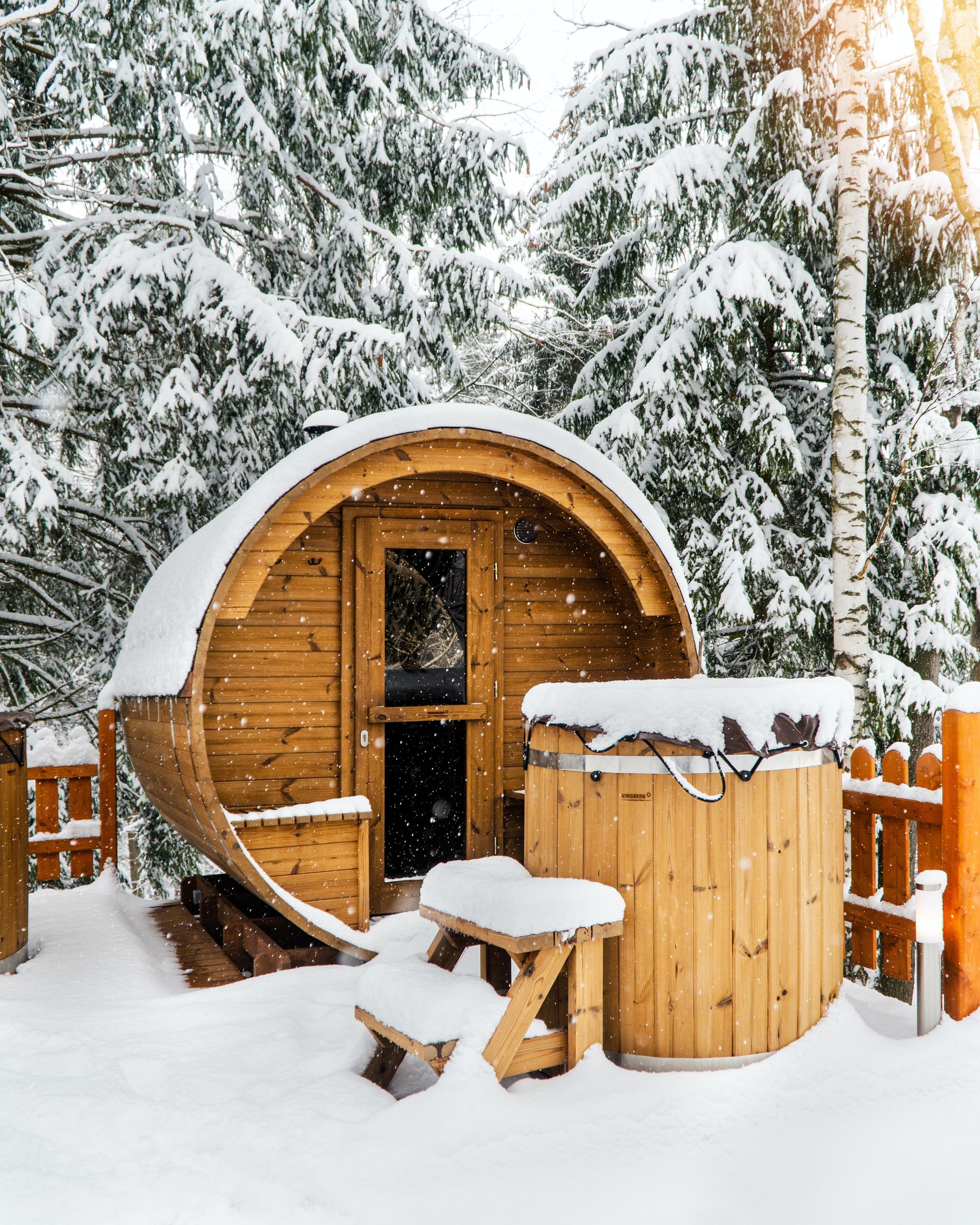
Impact of Season on Sauna Construction Cost
Interestingly, the time of year can also impact the cost of building a sauna. Winter, in particular, can present some additional challenges. If you're constructing an outdoor sauna, cold temperatures can make the ground harder to work with, potentially increasing labor costs. Additionally, demand for contractors often decreases in winter, which could either result in lower rates due to less competition or higher rates due to the increased difficulty of the work.
However, building a sauna in winter also means you'll be able to enjoy it as soon as the cold weather hits. Nothing beats stepping into a warm sauna on a chilly winter day!
By understanding these costs and factors, you can create a more accurate budget and ensure a smooth construction process for your new sauna.
How Much Does DIY Sauna Cost
Winter Preparation Cost Calculator
Building your own sauna can be a rewarding experience, both personally and financially. However, it's crucial to understand the pros and cons, approximate costs, and tips for economical construction before diving in.
Pros and Cons of DIY Sauna
The most significant advantage of a DIY sauna is the potential cost savings. By eliminating labor costs, you can significantly reduce the overall price of your sauna. Additionally, building your own sauna allows for complete customization, meaning you can tailor every aspect to your preferences.
However, a DIY project also comes with its fair share of challenges. Constructing a sauna requires a certain level of expertise and access to the right tools. It can also be time-consuming, especially for beginners. Any mistakes made during the construction process can lead to additional costs or even potential health hazards.
Approximate Cost Analysis
For a DIY sauna, the main costs will be the materials and the sauna heater. A basic sauna kit can cost from $2,000 to $5,000, while a sauna heater can range from $500 to $2,000, depending on the type and quality.
Other potential costs include tools (if you don't already have them), additional materials like insulation or waterproofing, and any necessary permits. It's also wise to factor in a contingency budget for unexpected expenses.
Long-term Sauna Cost Considerations
When calculating the cost of owning a sauna, it's essential to consider not only the initial investment but also the long-term costs. These include maintenance, repairs, and energy use.
1. Maintenance
Regular maintenance helps ensure your sauna's longevity and performance. This includes cleaning, checking for signs of wear and tear, and occasionally replacing parts like heaters or stones. For a traditional sauna, you may need to restain or reseal the wood every few years, costing around $100-$200. Infrared saunas require less maintenance, but the infrared panels may need replacement every 5-10 years, depending on usage, which can cost a few hundred dollars.
2. Repairs
Over time, parts of your sauna may need repair. This could involve replacing a faulty heater, fixing a broken door, or repairing a steam generator. Repair costs can vary greatly, from a few dollars for minor fixes to several hundred for more significant repairs.
3. Energy Efficiency
The energy your sauna uses contributes to its ongoing costs. Traditional saunas, with their high temperatures and larger heating elements, can use a significant amount of energy. On average, an hour in a traditional sauna can cost around $0.50-$1.50 in electricity. Infrared saunas are generally more energy-efficient, costing around $0.30-$0.70 per hour to run. Remember, these are estimates and actual costs can vary based on your local energy prices.
4. Water Usage
If you're using a steam room, consider the cost of the water used to create the steam. This will depend on your local water rates.
By considering these long-term costs, you can make a more informed decision about which type of sauna is right for your budget and lifestyle.
Tips for Economical Sauna Construction
To keep costs low, consider these tips:
1. Plan thoroughly: Detailed planning can help prevent costly mistakes and ensure you purchase only the materials you need.
2. Choose affordable materials: While cedar is traditional for saunas, other woods like spruce or pine can be cheaper alternatives.
3. Source locally: Buying materials locally can save on shipping costs.
4. Reuse or repurpose: Consider reusing materials from other projects or repurposing items to fit your needs.
Building your own sauna can be a cost-effective way to add value to your home and improve your quality of life. By understanding the potential costs and planning accordingly, you can create a sauna that fits your budget and meets your needs.
Comparing Sauna Installation Prices
When considering installing a sauna, the decision often comes down to professional installation versus a DIY approach. Both methods have their advantages and associated costs, and the best choice depends on your comfort level, skills, and budget.
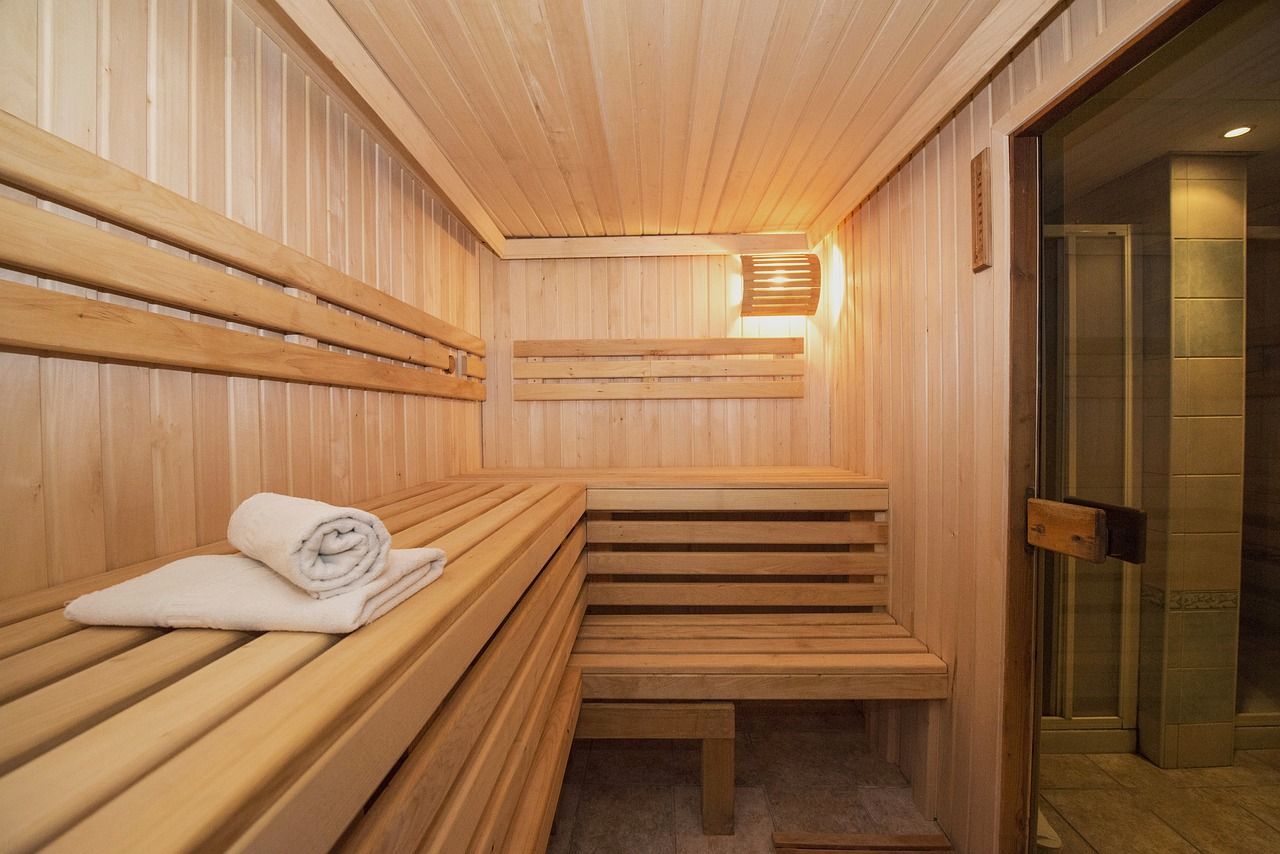
Comparison of Costs Between Professional Installation and DIY
Professional installation costs for a home sauna can range between $1,000 to $2,000 or more, depending on the complexity of the installation, location, and size of the sauna. This price typically includes labor, electrical work, and any necessary modifications to the space. The benefit of professional installation is that it ensures the job is done correctly and to code, which is particularly important when dealing with high heat and electrical components.
On the other hand, a DIY approach eliminates labor costs, which can significantly reduce the overall price of your sauna. However, DIY installation also requires a certain level of skill and access to the necessary tools. Costs for a DIY sauna installation can vary widely, depending on the complexity of the sauna and whether you're using a kit or building from scratch. Expenses to consider include the cost of the sauna kit or materials, tools, and any necessary permits.
Potential Cost Savings
The potential cost savings from a DIY installation can be significant, often saving you up to half the cost of professional installation. However, it's important to factor in the time and effort required, as well as the potential for mistakes or unexpected issues that could increase costs.
For those with construction or electrical skills, a DIY sauna installation can be a cost-effective and rewarding project. However, for those without the necessary skills or tools, professional installation may be worth the additional cost for the peace of mind it provides.
In conclusion, the choice between professional and DIY installation depends on your individual circumstances and comfort level. It’s essential to consider all the costs and potential risks before making a decision.
Economical Sauna Construction Tips
Constructing a sauna doesn't have to break the bank. By utilizing smart, economical strategies, you can reduce your sauna installation expenses and get the best value for your money. Here are some tips to help you save:
1. Plan Thoroughly
Start with a detailed plan. Knowing exactly what you need can help prevent unnecessary purchases and costly mistakes. Consider the size, type, location, and materials for your sauna.
2. Choose Cost-Effective Materials
While cedarwood is a popular choice for saunas due to its resistance to moisture and decay, it can be quite expensive. Alternatives like spruce or pine can be more affordable and still provide good performance.
3. Opt for a Sauna Kit
If you have basic construction skills, consider buying a sauna kit. These kits come with everything you need to build your sauna and can often be cheaper than purchasing materials individually.
4. DIY Installation
Hiring professionals adds to the overall cost. If you're comfortable with DIY projects, consider installing the sauna yourself. This can significantly reduce your expenses, but ensure you're confident with the process to avoid costly mistakes.
5. Reuse or Repurpose Materials
Consider reusing materials from other projects or repurposing items to fit your needs. This not only saves money but also adds a unique, personal touch to your sauna.
6. Shop Sales and Discounts
Keep an eye out for sales, discounts, or clearance items at your local home improvement store. You might find high-quality materials at a lower cost.
7. Buy Locally
Purchasing materials locally can help save on shipping costs. Plus, local suppliers can provide valuable advice and may even know local regulations.
By implementing these tips, you can build a sauna that fits your budget without compromising on quality or functionality. Remember, the value of a sauna is not just in its construction cost, but also in the wellness benefits and enjoyment it provides.
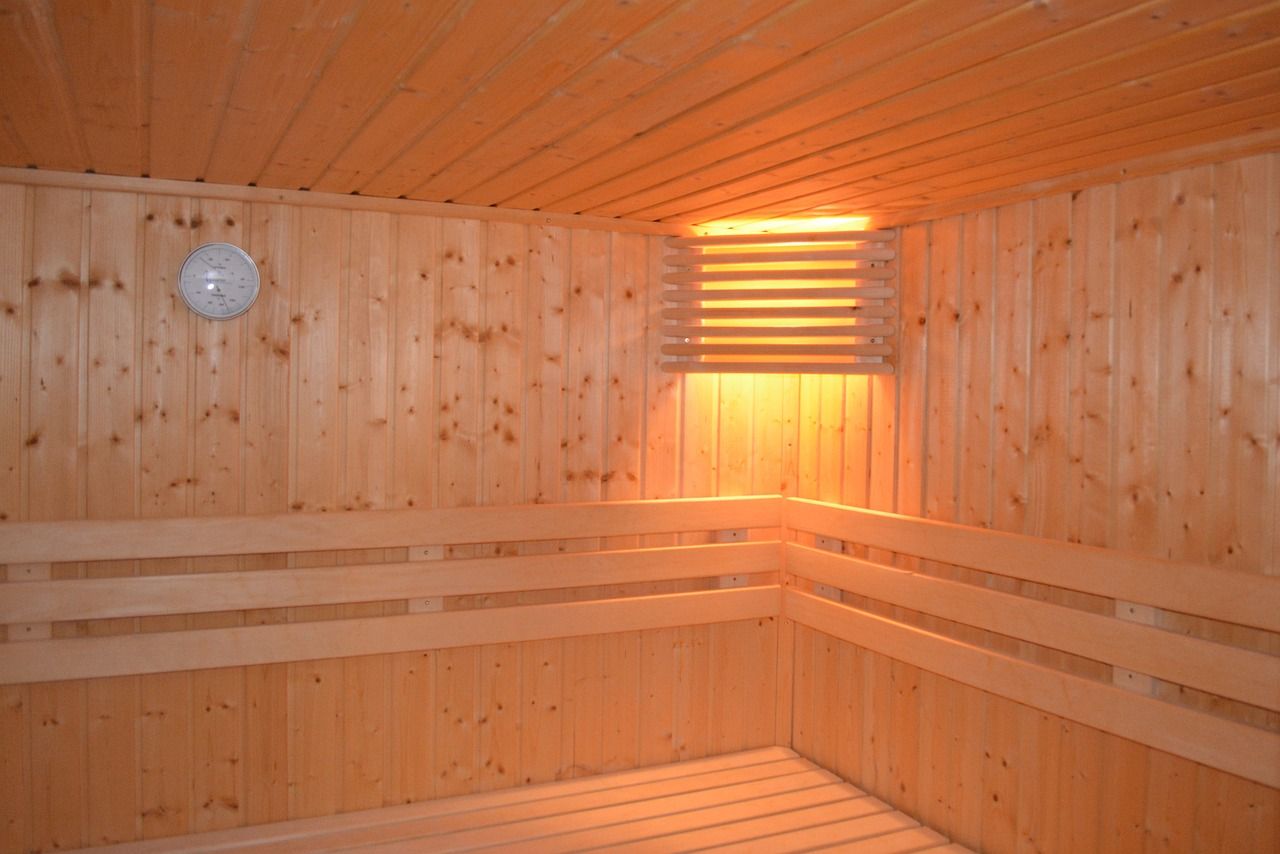
Financing Options for Your Sauna
While a home sauna can be a significant investment, there are several financing options available to help spread out the cost.
1. Personal Loan
A personal loan is a common way to finance larger purchases. These loans can be secured or unsecured, with repayment periods typically ranging from one to seven years. The interest rate will depend on your credit score and other financial factors.
2. Home Equity Loan or Line of Credit
If you have equity in your home, you may be able to use a home equity loan or line of credit to finance your sauna. These options typically offer lower interest rates than personal loans, but your home serves as collateral, meaning it could be at risk if you fail to make payments.
3. Credit Cards
Some people choose to finance their sauna with a credit card, especially if they can take advantage of a 0% introductory APR offer. However, this can be a risky strategy if you're unable to pay off the balance before the introductory period ends, as credit cards often have high-interest rates.
4. In-Store Financing
Some sauna retailers offer in-store financing options, which can be a convenient way to spread out the cost. This may involve a store credit card or a loan arranged through a third-party lender.
One company that can help secure a personal loan for your sauna is SimpleDirect. They connect consumers with a network of lenders, allowing you to compare different loan options and find the one that best meets your needs. With SimpleDirect, you can quickly and easily apply for a personal loan online, potentially getting the funds you need to start building your dream sauna.
Remember, while these financing options can make a sauna more affordable in the short term, it's essential to consider the long-term costs, including interest and potential fees, to ensure it's a financially sound decision.
In conclusion, building a sauna can be an affordable project if you plan carefully and make smart decisions about materials and installation. Whether you choose DIY or professional installation, it's important to consider all the costs, potential savings, and value that a sauna can bring to your life.
Are you ready to bring the dream of your own sauna to life but unsure about financing? SimpleDirect's financial services are here to help! Our team of experts can guide you through the various financing options available, helping you make an informed decision that suits your budget. We believe in making wellness accessible for everyone, so don't let financial concerns hold you back.
Contact SimpleDirect today and let us help you turn your sauna project into a reality. Your journey towards a healthier, warmer future is just a call away with SimpleDirect's financial services. Let's build your dream sauna together!
Remember, creating your own sauna is not just about the cost, but also about enhancing your wellbeing and adding value to your home. So why wait? Start planning your sauna project today and invest in a warmer, healthier future.
